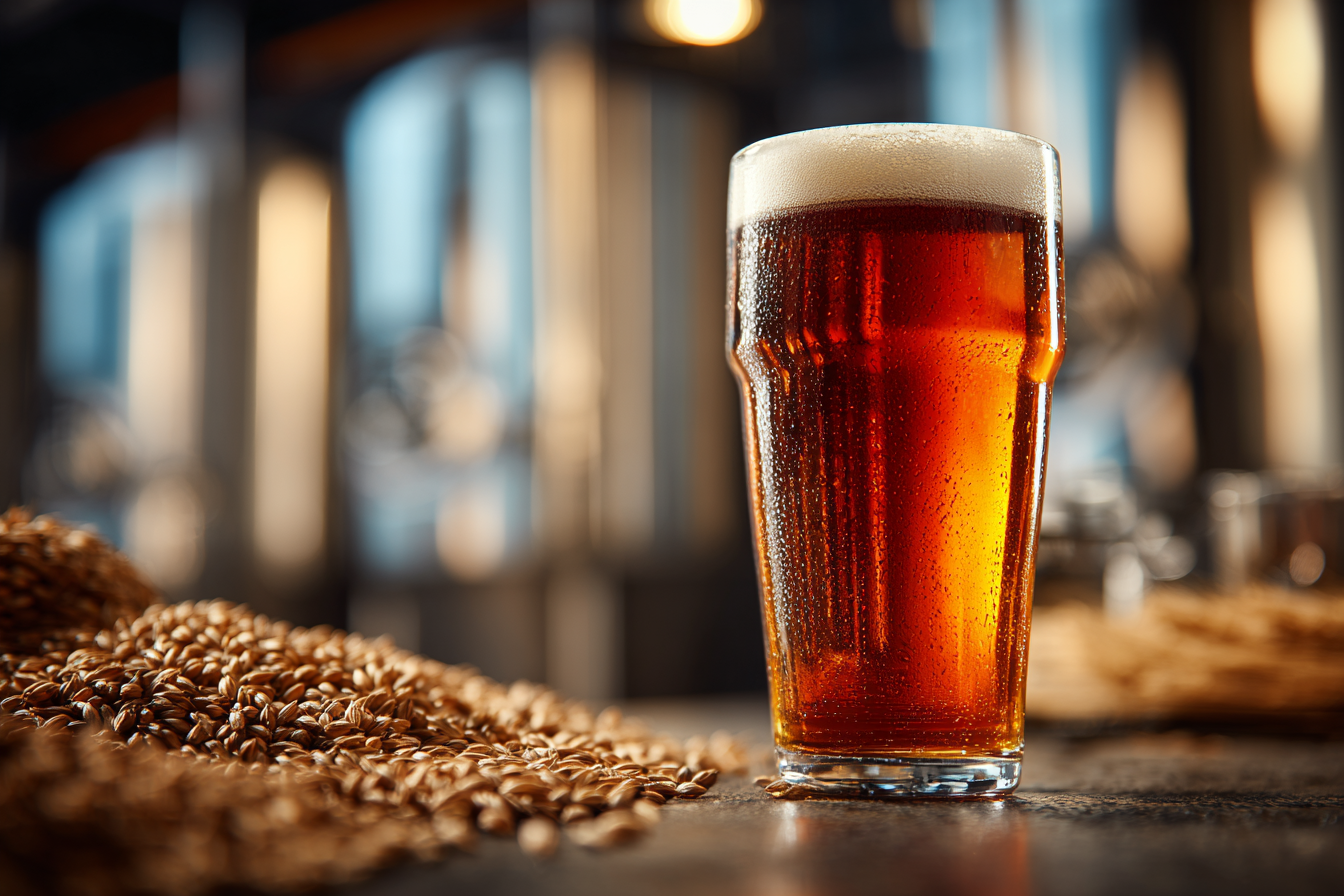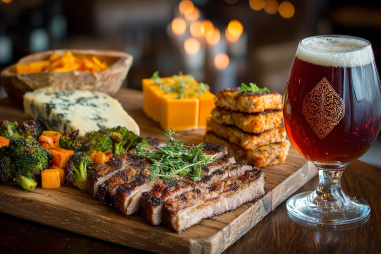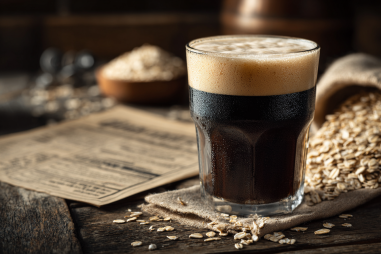American lagers are celebrated for their crisp, clean taste and remarkable drinkability. They have become a staple choice for beer lovers seeking a refreshing, easy-to-enjoy brew. But what exactly goes into crafting these iconic beers? The American lager brewing process is a fascinating blend of tradition and modern brewing innovations. From carefully chosen ingredients to precise fermentation and conditioning methods, every step contributes to the smooth character and clarity that defines this style.
Essential Ingredients: Malt, Hops, Yeast, and Water
The foundation of any great beer lies in its ingredients, and American lagers are no exception. Brewers select each element with the goal of producing a light-bodied, balanced beer.
- Malt: American lagers primarily use pale two-row barley malt, valued for its light flavor and clean fermentability. This malt provides the base maltiness without overpowering sweetness, allowing the beer’s crispness to shine. Some brewers add small amounts of adjunct grains such as corn or rice, which lighten the body and color further while enhancing drinkability.
- Hops: The hopping rate in American lagers is generally moderate to low. Popular hop varieties include noble and American types such as Cascade or Willamette, prized more for their aromatic qualities and balanced bitterness than intense hop flavor. The hops impart subtle floral, spicy, or citrus notes, balancing malt sweetness without overwhelming the palate.
- Yeast: The yeast strain plays a pivotal role in establishing smoothness and clarity. American lager yeast strains are bottom-fermenting and known for producing clean, crisp profiles with minimal esters and phenols. These yeasts ferment at lower temperatures and work slowly, making them essential for the beer’s subdued and refreshing character.
- Water: Water quality is crucial. Most American lagers benefit from soft to moderately hard water with balanced mineral content. The brewing water’s chemistry is often adjusted to accentuate crispness and to avoid masking delicate malt and hop flavors.
The Mashing and Lautering Stages
Mashing is the process where crushed malted grains mix with warm water to convert starches into fermentable sugars. In American lager brewing, a carefully controlled mash schedule helps achieve the light body and clean flavors these beers are known for.
Brewers typically use a single infusion mash at temperatures between 146–156°F (63–69°C). Lower temperatures in this range promote the creation of more fermentable sugars, contributing to a dry finish, while slightly higher temperatures might leave some residual sweetness. The goal is to strike a balance that leads to a crisp yet slightly soft mouthfeel.
Once mashing is complete, the process moves to lautering. Here, the sweet wort is separated from the spent grain. The wort is collected and rinsed in a process called sparging to extract as much fermentable sugar as possible. Thorough lautering is vital to maximize efficiency while maintaining wort clarity, setting the stage for a bright final beer.
Fermentation Specifics for American Lager Yeasts
Fermentation is where yeast transforms the sugary wort into alcoholic beer. In the case of American lagers, this phase requires precision and patience.
Lager yeast strains typically ferment at cold temperatures, commonly between 45–55°F (7–13°C). These cooler conditions slow yeast metabolism, resulting in fewer by-products like esters and phenolics that could interfere with the beer’s subtle balance. American lager yeasts are highly attenuative, meaning they consume a high percentage of sugars, yielding a dry, clean taste.
This slow fermentation phase can last for several weeks, during which the yeast remains active but restrained. The temperate environment also helps the yeast flocculate, or clump and settle, producing crystal-clear beer free of unwanted haze.
Lagering and Cold Conditioning Techniques
What truly distinguishes lagers from ales is the lagering period—a lengthy, cold storage phase following fermentation. This is an essential step in achieving the smooth, crisp character of American lagers.
After primary fermentation, the beer is cooled to just above freezing, around 32–36°F (0–2°C), and held at these temperatures for several weeks. This process:
- Allows residual yeast and proteins to settle, enhancing clarity
- Softens rough edges and off-flavors that arise during fermentation
- Improves carbonation retention and mouthfeel
Lagering requires controlled refrigeration environments and patience but is integral to the American lager’s clean profile and refreshing crispness.
Bottling and Packaging the Final Product
Once the beer has been lagered, it is carefully filtered, carbonated if necessary, and prepared for packaging. Maintaining clarity and minimizing oxygen exposure is crucial at this stage to preserve freshness.
Many American lagers are packaged in bottles or cans that are light-protected to avoid “skunking” or flavor degradation. Pasteurization or sterile filtration may be used to ensure microbiological stability, extending shelf life without sacrificing taste.
Brewers also calibrate carbonation levels to achieve the right effervescence—enough bubbles to provide a lively texture but not so much as to overpower the delicate flavors.
Common Brewing Variations and Experimentation
While the classic American lager formula centers on simplicity and drinkability, many craft brewers add their own twists to push boundaries. Some popular variations include:
- Using different adjuncts such as flaked maize or rice to lighten body or tweak mouthfeel
- Introducing novel hop varieties or hop schedules to enhance aroma or bitterness
- Experimenting with hybrid yeast strains that blend lager and ale characteristics
- Applying alternative yeast management or fermentation temperature profiles to subtly change flavor nuances
Despite these innovations, the goal remains to maintain the balanced, crisp refreshment that defines American lagers while offering distinctive character.
Brewing Tricks Underlying America’s Beloved Lager
American lagers rely on meticulous craftsmanship and attention to detail across every step. The choice of clean, light malts, restrained hop use, and specialized yeast strains sets the foundation. Precise mashing temperature control ensures the ideal fermentable sugar profile for dryness, while cold fermentation and extended lagering create the clarity and smoothness enthusiasts seek. Packaging techniques preserve the beer’s brightness and effervescence, delivering a refreshing experience from bottle to glass.
Every pint of American lager tells a story of balanced ingredients and careful brewing practices, resulting in one of the world’s most beloved and refreshing beer styles.







